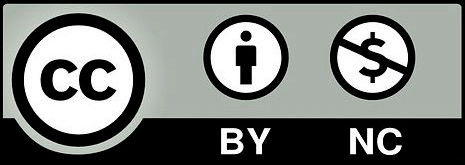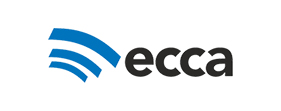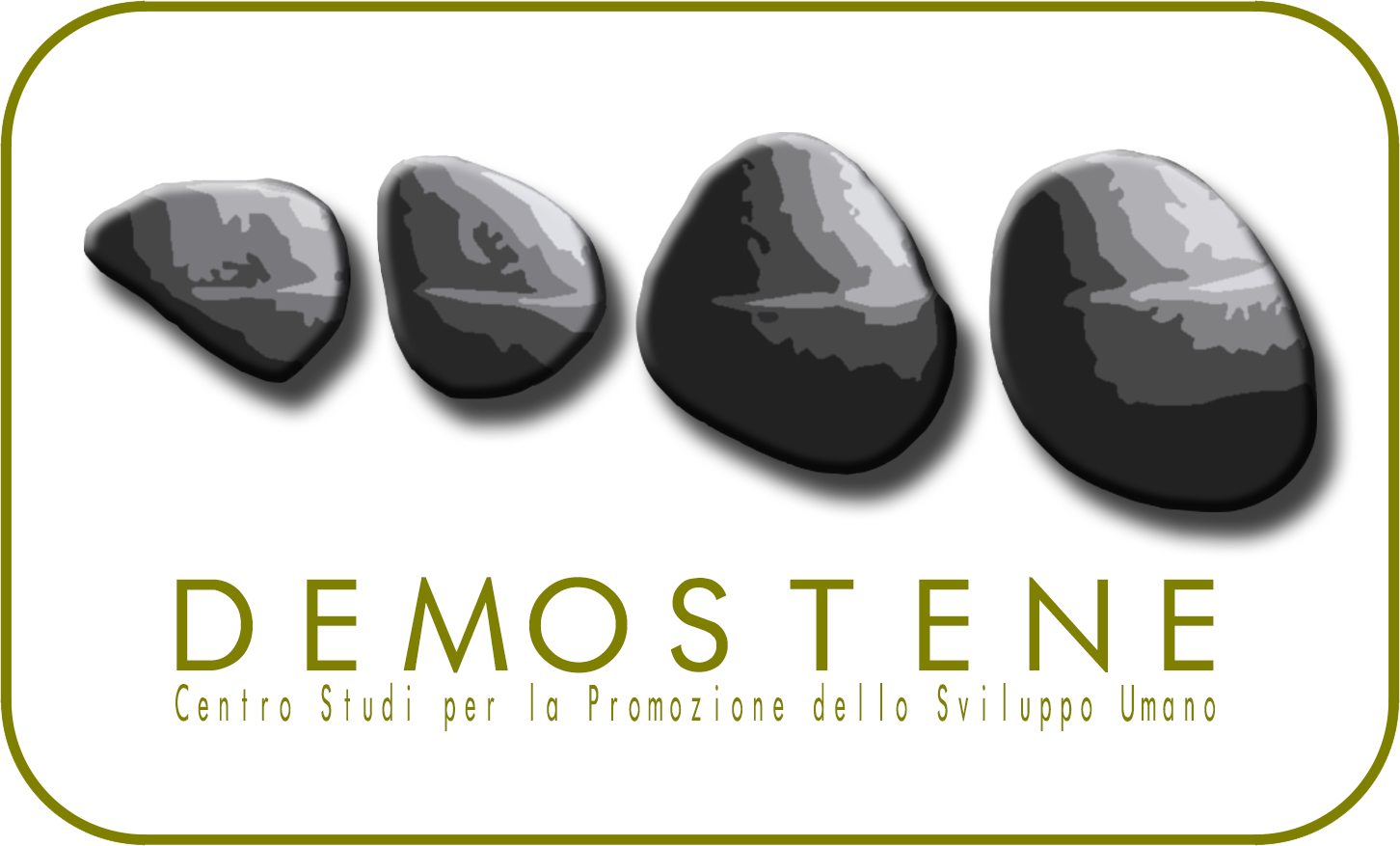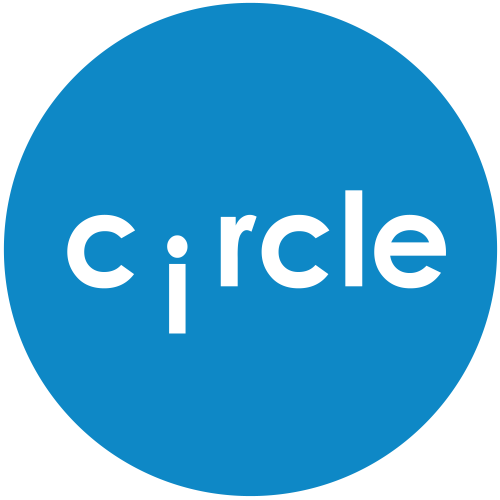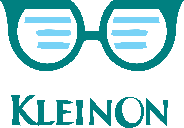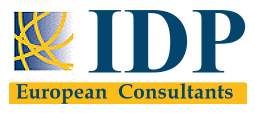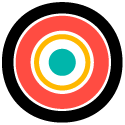 DigComp Framework DigComp Framework
A step back in the timeline…Click to read 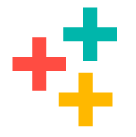
|
The European Digital Competence Framework for People, aka DigComp, provides for a standard EU reference model to set key competences that are needed by citizens to enhance their digital skills and IT literacy overall .
DigComp established has the primary source of information for several initiatives and projects at national and international level aimed at improving digital competences of EU citizen.
Developed by the Joint Research Centre of the EU Commission, as of today the DigComp frameworks represent the most robust, reliable and multi-stakeholder scientific initiative to provide for a EU common understanding on the fundamental building blocks of digital education.
|
 |
A step back in the timeline…but not too farClick to read 
|
In 2018, we have one of the first official update of the framework, i.e., DigComp 2.1
The theoretical model remains the same, but now readers have finally access to a more streamlined and visually-appealing outline which provides for clear and aesthetically catchy interlinkages between the given competences and related sub-skills, knowledge and attitudes.
The major update consist in the brand new eight-layer progression model tracking learners progresses and proficiency on each of the given competences.
The proficiency level as indicated by the framework is function of:
- The complexity of the task that the learner is capable of completing
- The autonomy he / she has in the process
- The cognitive domain involved
|
 |
The DigComp 2.1 general eight-layer proficiency model Click to read 
|
Proficiency
level
|
Complexity of tasks
|
Autonomy
|
Cognitive domain
|
|
Level 1
|
Simple task
|
With guidance
|
Remembering
|
|
Level 2
|
Simple Task
|
Autonomy and with guidance where needed
|
Remembering
|
|
Level 3
|
Well-defined and routine tasks, straightforward problems
|
On my own
|
Understanding
|
|
Level 4
|
Tasks, and well-defined and non-routine problems
|
Independent and according to my needs
|
Understanding
|
|
Level 5
|
Different tasks and problems
|
Guiding others
|
Applying
|
|
Level 6
|
Most appropriate tasks
|
Able to adapt to others in a complex context
|
Evaluating
|
|
Level 7
|
Resolve complex problems with limited solutions
|
Integrate to contribute to the professional practice and to guide others
|
Creating
|
|
Level 8
|
Resolve complex problems with many interacting factors
|
Propose new ideas and processes to the field
|
Creating
|
|
Source: DigComp 2.1, pp. 13
|
Present times Click to read 
|
In 2022, following the policy and institutional efforts to sustain the twin transition of EU societies and economies, the JRC of the EU Commission released the second official DigComp’s follow-up, i.e., DigComp 2.2
A relatively large number of stakeholders were consulted throughout the DigComp 2.2 upgrade process, including through the specific Community of Practice* that was established for this purpose (including experts from international organisations such as UNESCO, UNICEF, ILO, World Bank).
More than 250 new examples of applied knowledge, skills, and attitudes are listed in this ambitious new version.
The examples are intended to provide for tangible references and know-how of use to readers and users of the framework – and relevant in all domains of Lifelong Learning (i.e., AE, VET, etc)
*With IHF as well as active member
|
 |
 Content and structure of the DigComp Content and structure of the DigComp
A disclaimer – the official definition of digital competence Click to read 
|
(...) confident and critical use of Information Society Technology (IST) for work, leisure and communication. It is underpinned by basic skills(*) in ICT: the use of computers to retrieve, assess, store, produce, present and exchange information, and to communicate and participate in collaborative networks via the Internet.
|
* Skills needed include the ability to search, collect and process information and use it in a critical and systematic way, assessing relevance and distinguishing the real from the virtual while recognising the links.
Individuals should have skills to use tools to produce, present and understand complex information and the ability to access, search and use internet-based services.
Individuals should also be able use ICT to support critical thinking, creativity, and innovation.
|
 |
The official definition of digital competence (in plain language) Click to read 
Digital competence means engaging with and using digital technology for learning, at work, and for social participation in a confident, critical, and responsible manner.
Information and data literacy, communication and teamwork, media literacy, digital content production (including programming), safety (including digital well-being and cybersecurity competencies), concerns relating to intellectual property, problem solving, and critical thinking are all included.
The competences include knowledge, skills, and attitudes; in other words, they are made up of concepts and information (also known as knowledge), descriptions of abilities (such as the capacity to do tasks), and attitudes (e.g., a mind-set to act, or react).
Breakdown of the DigComp framework Click to read 
|
Training area
|
Competences
|
With specific focus on the following transversal dimensions:
- Fact-checking material and its sources, identifying fake news, and deep fakes.
- The tendency towards data-driven internet services and applications.
- Interaction between users and AI systems.
- The emergence of new technologies like the Internet of Things (IoT).
- Concerns about environmental sustainability (e.g., resources consumed by ICT).
- New and contemporary situations (e.g., remote work and hybrid work).
|
|
1. Information and data literacy
|
1.1 Browsing, searching and filtering data, information and digital content
1.2 Evaluating data, information and digital content
1.3 Managing data, information and digital content
|
|
2. Communication and collaboration
|
2.1 Interacting through digital technologies
2.2 Sharing through digital technologies
2.3 Engaging in citizenship through digital technologies
2.4 Collaborating through digital technologies
2.5 Netiquette
2.6 Managing digital identity
|
|
3. Digital content creation
|
3.1 Developing digital content
3.2 Integrating and re-elaborating digital content
3.3 Copyright and licenses
3.4 Programming
|
|
4. Safety
|
4.1 Protecting devices
4.2 Protecting personal data and privacy
4.3 Protecting health and well-being
4.4 Protecting the environment
|
|
5. Problem Solving
|
5.1 Solving technical problems
5.2 Identifying needs and technological responses
5.3 Creatively using digital technologies
5.4 Identifying digital competence gaps
|
Into-practice validation of the DigComp FrameworkClick to read 
|
If your are interested to know more about the potentials and opportunities stemming from the operationalization of the DigComp, you have available a long list of case studies selected by the European Commission as good practices in implementation of the framework (click on the image to access the file):
|
 |
 |
 Summing up Summing up
Summing upClick to read 
 |
DigComp
The European Digital Competence Framework for People, sometimes referred to as DigComp, provides a mechanism to enhance citizens' digital competence while supporting national frameworks and digital skills agendas.
|
 |
DigComp 2.0
DigComp 2.0 was published in 2016. It was an update designed to clarify the concepts and to adapt the content to the changing needs and to users suggestions.
|
 |
DigComp 2.1
DigComp 2.1, a version of the framework, was released in 2018 and was based on the reference conceptual model given in DigComp 2.0.
|
 |
DigComp 2.2
More than 250 new examples of knowledge, skills, and attitudes included.
|
|
 DigComp Framework
DigComp Framework



 Content and structure of the DigComp
Content and structure of the DigComp



 Summing up
Summing up
 Test Yourself
Test Yourself
